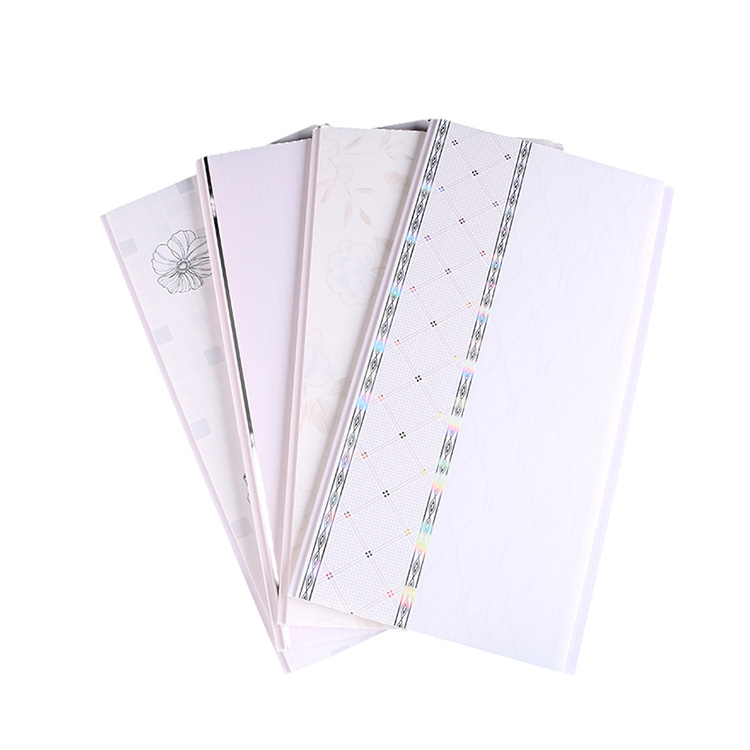Maximizing Longevity: The Impact of Installation Methods and Techniques on PVC Panel Durability
2024-04-16
When it comes to enhancing the longevity of PVC (Polyvinyl Chloride) panels in interior design and construction projects, the installation process plays a crucial role. Proper installation methods and techniques not only ensure the structural integrity of the panels but also contribute to their resistance against environmental factors and wear over time. Let's delve into how installation methods and techniques influence the longevity of PVC panels.
Importance of Installation:
Before exploring specific installation methods, it's essential to understand why installation is crucial for PVC panel durability:
1. Structural Integrity: Proper installation ensures that PVC panels are securely affixed to the substrate, minimizing the risk of detachment or displacement over time.
2. Seamlessness: Precise installation techniques help create seamless joints between panels, reducing the likelihood of water infiltration, dirt accumulation, or microbial growth.
3. Mitigation of Environmental Factors: Certain installation practices can help mitigate the impact of environmental factors such as temperature fluctuations, moisture exposure, and mechanical stress, thereby prolonging the lifespan of PVC panels.
Key Installation Methods and Techniques:
1. Substrate Preparation:
Before installing PVC panels, the substrate must be properly prepared. This includes ensuring the surface is clean, smooth, and free from any debris, dust, or contaminants. Additionally, addressing any structural issues, such as unevenness or instability, is essential to prevent future problems.
2. Adhesive Application:
Choosing the appropriate adhesive and applying it correctly are critical steps in PVC panel installation. The adhesive should be compatible with both the panels and the substrate and applied evenly to ensure proper bonding. Following manufacturer recommendations regarding adhesive type, application method, and curing time is essential for optimal results.
3. Panel Alignment and Leveling:
Achieving precise alignment and leveling of PVC panels is essential for creating a seamless and visually appealing finish. Careful measurement and marking of panel placement, along with the use of leveling tools, ensure that panels are installed evenly and without gaps or irregularities.
4. Joint Sealing:
Sealing joints between PVC panels is vital for preventing water infiltration, dirt accumulation, and microbial growth. Sealants specifically designed for PVC panels should be applied to seams and edges to create a watertight barrier. Regular inspection and maintenance of sealants can help ensure their effectiveness over time.
5. Expansion and Contraction Considerations:
PVC panels can expand and contract with changes in temperature and humidity. Proper installation techniques, such as leaving expansion gaps and using flexible adhesives or fasteners, accommodate these movements and prevent issues such as warping or buckling.
Conclusion:
In conclusion, the longevity of PVC panels is heavily influenced by the installation methods and techniques employed during the construction process. From substrate preparation and adhesive application to panel alignment, joint sealing, and considerations for expansion and contraction, every step plays a crucial role in ensuring the durability and performance of PVC panel installations. By adhering to best practices and manufacturer guidelines, stakeholders can maximize the lifespan of PVC panels and enjoy their aesthetic and functional benefits for years to come.



